Disclosure: This article contains affiliate links. We may earn a commission from purchases at no extra cost to you, which helps our travel content.
When most travelers hear 'Arecibo,' they immediately think of the iconic observatory that graced countless science documentaries and even appeared in films like Contact and GoldenEye. But as someone who's spent decades exploring the intersection of natural wonders and human history, I can tell you that this northern Puerto Rican municipality holds far more treasures than its famed (and sadly now collapsed) scientific landmark. ¡Bienvenidos a Arecibo! – a place where Spanish colonial heritage, Taíno indigenous culture, and natural history converge to create an explorer's paradise perfect for curious families.
Cueva del Indio: Ancient Art Meets Ocean Power
My first visit to Cueva del Indio left me speechless – not just from the roaring Atlantic waves crashing against limestone formations, but from the profound connection to ancient peoples etched into the cave walls. This natural sea cave along Arecibo's rugged coastline houses some of Puerto Rico's most significant petroglyphs, created by the Taíno people centuries before European arrival.
As an environmental policy professional who's visited indigenous sites across the Americas, I was struck by how the Puerto Rican government has balanced accessibility with preservation. A series of sturdy wooden stairs leads down to the cave entrance, though reaching the petroglyphs requires some careful footwork across uneven surfaces.
The cave's name – 'Cave of the Indian' – reflects its importance as a ceremonial site. Standing before these ancient carvings while Atlantic waves thunder nearby creates a visceral connection to the island's first inhabitants. For the best experience, arrive early morning when the slanting light makes the petroglyphs more visible and the crowds thinner.
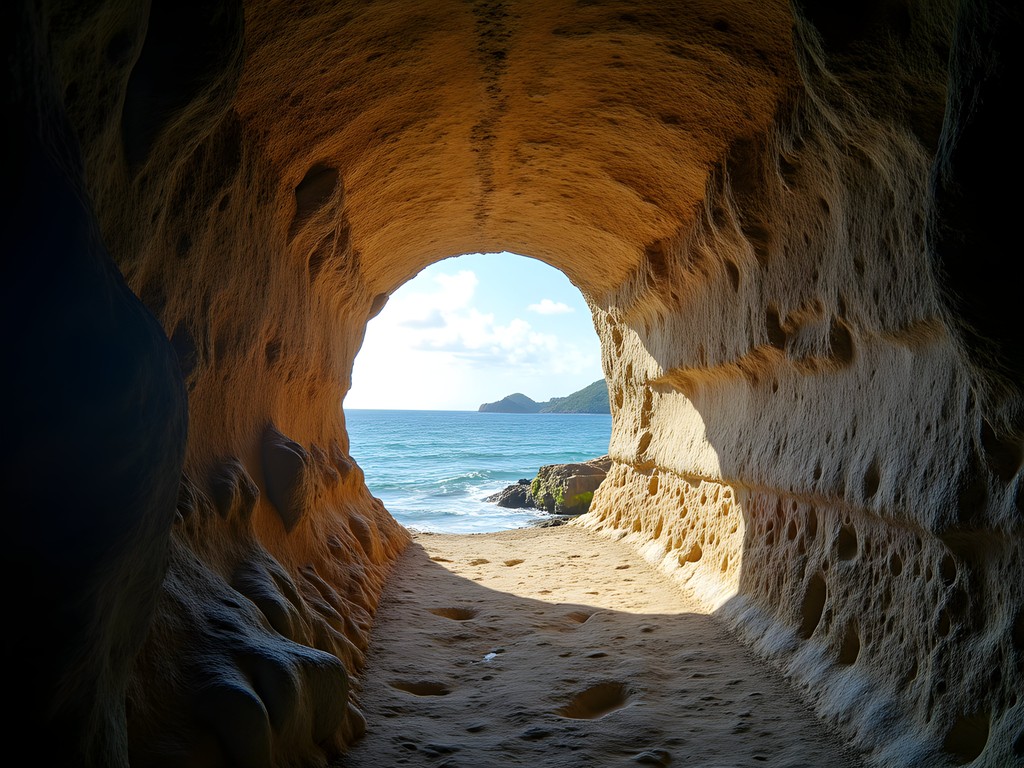
💡 Pro Tips
- Visit early morning (before 10am) for the best lighting to see petroglyphs
- Wear closed-toe shoes with good grip as the limestone surfaces can be slippery
- Bring a waterproof phone case as sea spray can reach inside the cave
Arecibo Lighthouse & Historical Park: A Family History Immersion
Few historical sites blend education and entertainment as seamlessly as the Arecibo Lighthouse & Historical Park. Built in 1898 during the final days of Spanish colonial rule, this lighthouse has been transformed into one of Puerto Rico's most family-friendly historical experiences.
What makes this site special is how it weaves together multiple threads of Puerto Rican history. My government work has taken me to historical preservation sites worldwide, and I've rarely seen such an accessible approach to complex history. The park includes a replica Taíno village, Spanish colonial exhibits, and even pirate-themed areas that captivate younger visitors while teaching island history.
The lighthouse itself stands 100 feet tall, offering panoramic views of the Atlantic coastline that rival any in the Caribbean. For families with energetic children, the adjacent water park provides a welcome respite from the tropical heat after exploring the historical exhibits. I recommend allocating at least 3-4 hours for this attraction – my last visit stretched to nearly 5 hours as I found myself absorbed in the detailed exhibitions on Puerto Rico's maritime history.
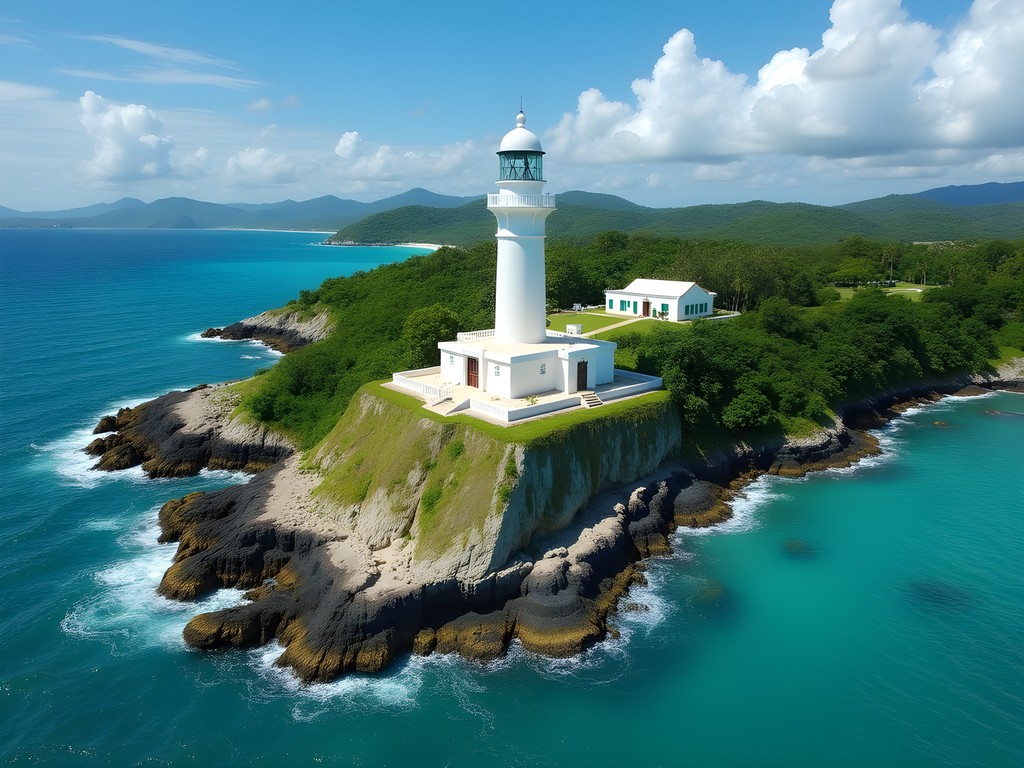
💡 Pro Tips
- Purchase the combination ticket that includes both historical exhibits and water park access for best value
- Visit on weekdays to avoid local weekend crowds
- Bring a quick-dry travel towel if you plan to enjoy the water features
Cambalache State Forest: Where Colonial History Meets Ecological Conservation
As someone who's dedicated much of my career to environmental policy, Cambalache State Forest represents the perfect intersection of my professional interests and personal passions. This 1,050-acre subtropical dry forest preserves not just vital ecosystems but also layers of colonial history often overlooked by traditional tourism narratives.
The forest's name – 'Cambalache' meaning 'exchange' – hints at its historical role in trade during Spanish colonial times. Hiking through the forest's well-maintained trails, you'll encounter ruins of small colonial structures and abandoned agricultural equipment reclaimed by nature. For those interested in Puerto Rico's agricultural history, the remains of sugar production facilities offer tangible connections to the island's plantation era.
What makes Cambalache particularly special for families is its accessibility. Unlike the rainforests of El Yunque which can be challenging for younger children, Cambalache's relatively flat terrain and clearly marked paths make it ideal for families with varied hiking abilities. The forest's unique dry ecosystem hosts over 150 native plant species, creating excellent opportunities for impromptu nature lessons.
During my last visit, I was thrilled to spot the Puerto Rican lizard cuckoo, an elusive endemic bird species. I recommend bringing a reliable field guide to identify the diverse wildlife. For serious birders, a quality spotting scope will enhance your wildlife viewing tremendously.
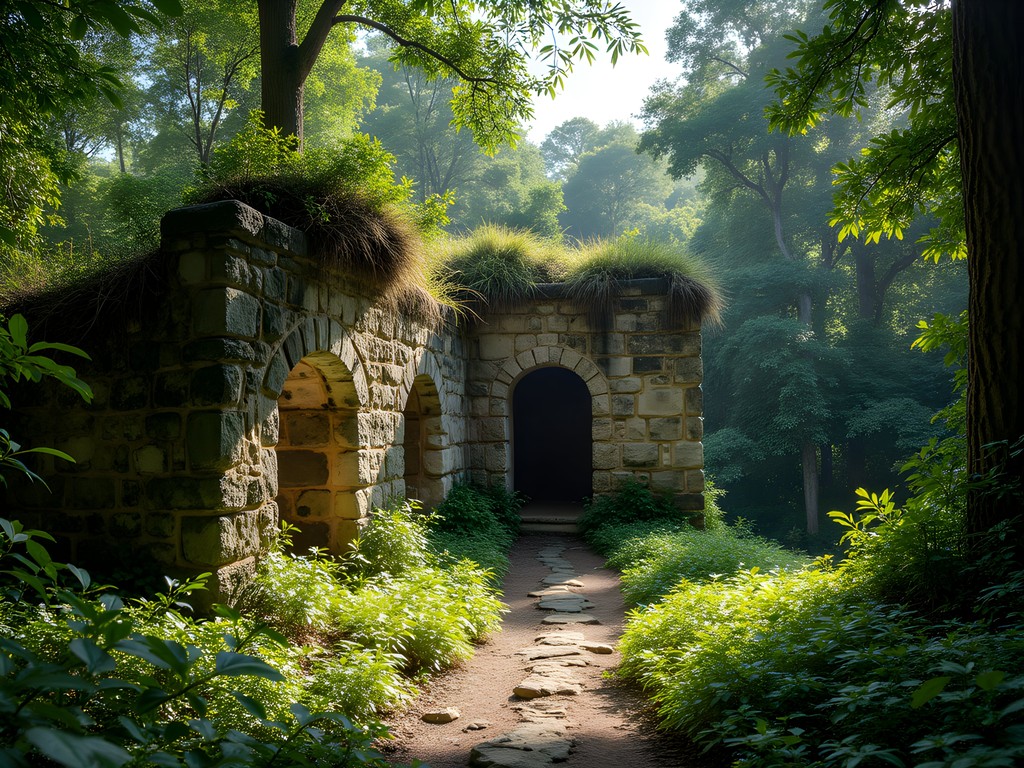
💡 Pro Tips
- Visit early morning for the best wildlife viewing opportunities
- The forest office offers educational materials specifically designed for children – ask for them at the entrance
- Trails are well-maintained but can be muddy after rain; waterproof hiking shoes are recommended
Museo de Arte e Historia de Arecibo: Cultural Context in Air Conditioning
Located in Arecibo's historic downtown, this museum offers a welcome respite from Puerto Rico's tropical heat while providing crucial context for the region's archaeological sites. Housed in a beautifully restored colonial building, the museum's collection spans from pre-Columbian artifacts to contemporary Puerto Rican art.
What particularly impressed me was the museum's commitment to bilingual exhibitions – something my Mexican-American family always appreciates when traveling. The Taíno artifact collection is especially noteworthy, featuring ceremonial objects, tools, and pottery that help visitors understand the sophisticated indigenous culture that flourished before European contact.
Don't miss the second-floor gallery dedicated to Arecibo's role in Puerto Rico's complex relationship with the United States. As someone who's navigated multicultural identity throughout my life, I found these exhibits particularly moving in how they present multiple perspectives on Puerto Rico's political status.
For families with children, the museum offers interactive elements throughout the exhibitions, including touchable replicas of artifacts and simple Spanish language activities. I recommend bringing a travel sketchbook for children (or adults!) to draw inspiration from the artwork – the museum staff encourages artistic responses to their collections.
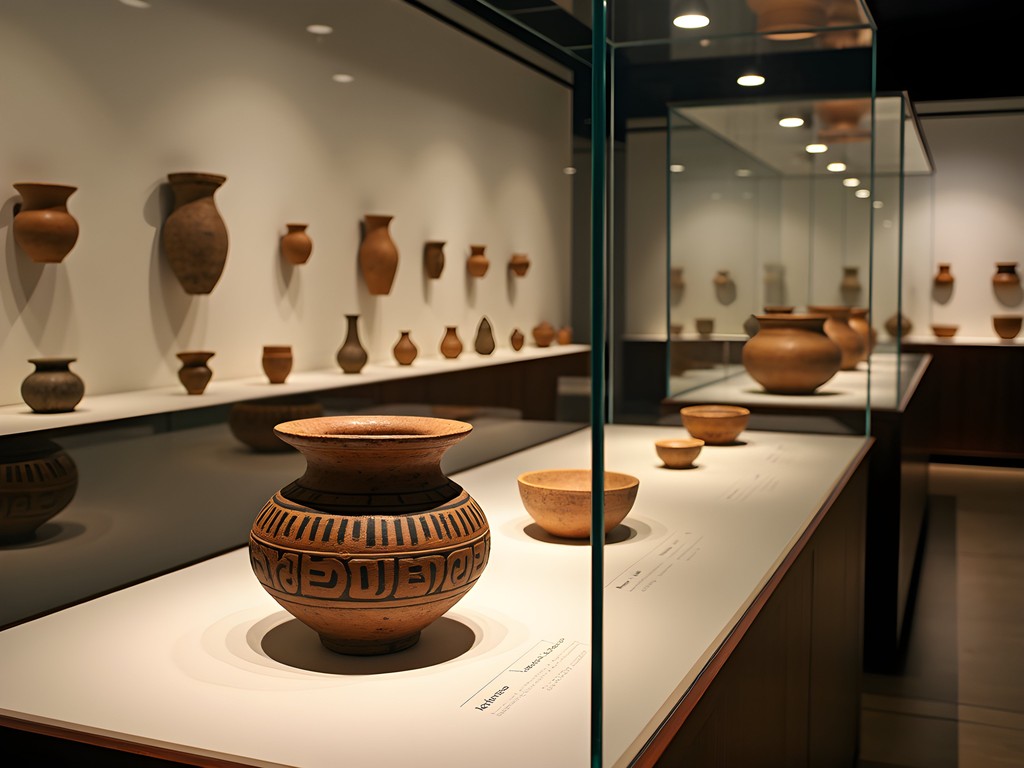
💡 Pro Tips
- Visit on Thursdays when admission is half-price
- Ask about the guided tours in English – they're not advertised but available upon request
- The gift shop offers authentic crafts from local artisans at reasonable prices – much better souvenirs than the tourist shops
Hacienda San Pedro: Coffee Heritage in the Arecibo Highlands
While technically located in Jayuya just beyond Arecibo's southern border, no historical exploration of the region would be complete without visiting Hacienda San Pedro. This working coffee plantation dates back to 1876 and offers a fascinating glimpse into Puerto Rico's agricultural heritage.
The plantation sits at about 2,500 feet elevation in Puerto Rico's central mountains, where the climate creates ideal coffee-growing conditions. What makes this site special is that it remains family-operated, with the fourth generation of the Atienza family now managing production. Their commitment to sustainable farming practices resonates deeply with my environmental policy background.
The hacienda offers guided tours that explain the entire coffee production process from seedling to cup. What impressed me most was seeing how traditional methods harmonize with modern conservation practices – a balance I've advocated for throughout my government career.
After touring the production facilities, don't miss the opportunity to taste their award-winning coffee at the on-site café. I recommend purchasing their coffee beans as gifts – they're vacuum-sealed for freshness and make authentic souvenirs that support local agriculture. I always bring home several bags in my packing cubes which keep them organized and protected in my luggage.

💡 Pro Tips
- Make reservations for tours in advance, especially during the harvest season (September-February)
- The drive from Arecibo takes about 45 minutes and includes mountain roads – leave plenty of time
- Bring a light jacket as the mountain elevation can be significantly cooler than coastal areas
Final Thoughts
Arecibo's historical landscape offers families a perfect blend of education and adventure, where children can climb ancient limestone formations one moment and interact with colonial history the next. As someone who's built a career bridging cultural preservation and environmental protection, I find Arecibo exemplifies how historical tourism can support both aims when done thoughtfully.
While the collapse of the observatory was undoubtedly a scientific loss, it has created space for these other historical treasures to shine. Each site I've shared tells a different chapter of Puerto Rico's complex story – from indigenous Taíno culture to Spanish colonization, from agricultural heritage to scientific achievement.
Como dicen los puertorriqueños, 'La historia se vive, no solo se lee' – 'History is lived, not just read.' I encourage you to experience these sites with your family, creating memories while fostering appreciation for Puerto Rico's multilayered past. The next time someone mentions Arecibo, perhaps you'll think not just of a fallen observatory, but of ancient cave art illuminated by morning light, coffee beans drying in mountain sunshine, and the enduring spirit of a place where history feels vibrantly alive.
✨ Key Takeaways
- Arecibo offers historical sites spanning indigenous, colonial, and modern periods
- Many sites are family-friendly with interactive elements for children
- The region's historical attractions can be comfortably explored in a 3-4 day visit
- Combining coastal and mountain sites provides the most comprehensive historical understanding
📋 Practical Information
Best Time to Visit
Year-round, though December-April offers drier weather
Budget Estimate
$150-$250 per day for a family of four
Recommended Duration
2-3 days
Difficulty Level
Easy

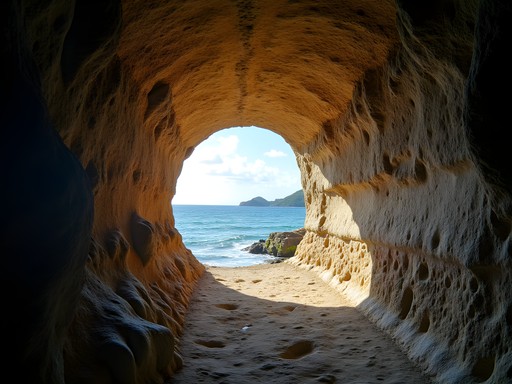
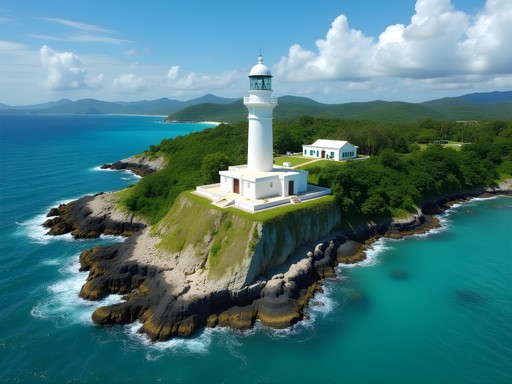
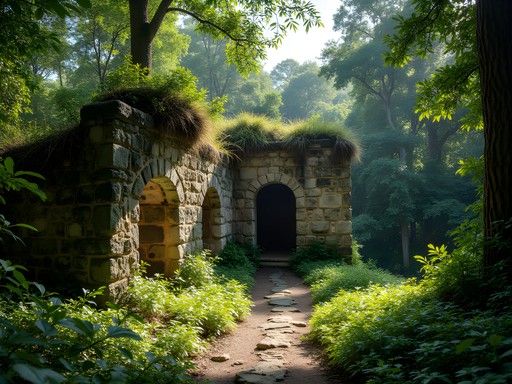
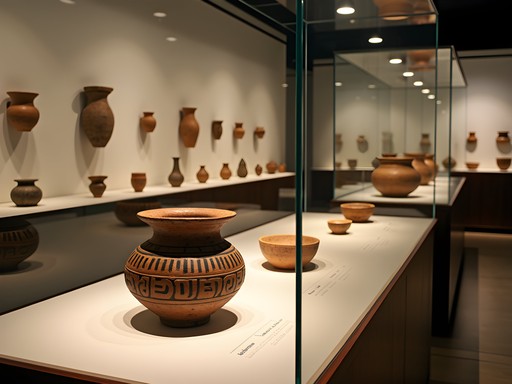



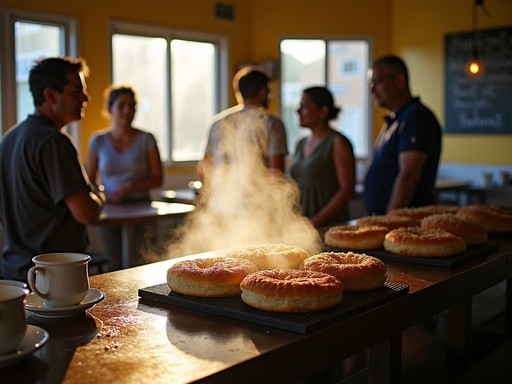
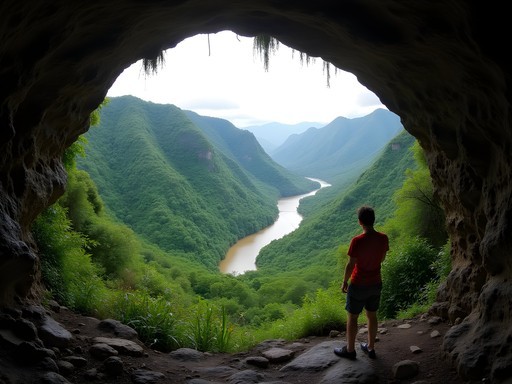
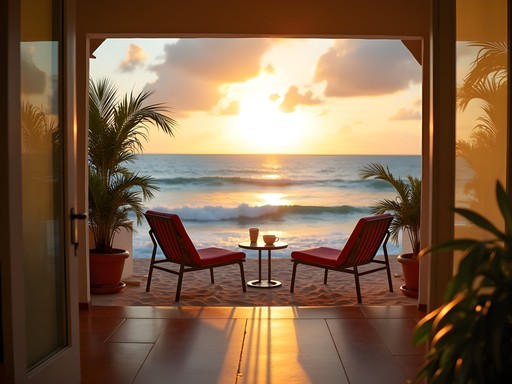





Comments
Kimberly Murphy
Harrison, this is such a brilliant guide! I visited Arecibo last year and completely missed the Cambalache State Forest - gutted about that now! The Cueva del Indio was absolutely magical though, especially at sunset when the light hits the cave walls just right. One tip for anyone visiting - the currents near the cave can be really strong, so don't plan on swimming there. The museum was a lifesaver during the afternoon heat. Would you recommend renting a car to hit all these spots or is public transportation doable?
Harrison Hicks
Thanks Kimberly! Definitely recommend a rental car - public transport is limited and you'll want the flexibility to explore these spots at your own pace. The roads to Cueva del Indio and some of the other sites can be a bit rugged too.
escapeace
Any particular car rental companies you'd recommend in PR?
Kimberly Murphy
I used Enterprise when I was there and had no issues. Book well in advance though - they can sell out during high season!
escapeace
Wow never knew there was this much to see in Arecibo! Adding to my bucket list 🇵🇷
journeywanderer
This is exactly what I needed! Everyone talks about the observatory, but we're planning a family trip to PR next spring and I wanted to explore more of Arecibo. Cueva del Indio sounds amazing - are the petroglyphs easy for kids to spot? My 8-year-old is obsessed with ancient civilizations right now. Also wondering how difficult the terrain is around there? Planning to bring my travel backpack that fits all our day trip essentials.
Kimberly Murphy
The petroglyphs are definitely visible but bring a good torch/flashlight as the lighting can be tricky! The terrain is moderately challenging - some scrambling over rocks required. My kids (7 and 10) managed fine but wear proper shoes. The lighthouse historical park is more accessible if you're worried about terrain.
journeywanderer
Thanks so much for the tips! Will definitely pack good shoes and lights.
Frank Garcia
Brilliant write-up that goes beyond the usual tourist circuit, Harrison. I'd add that the Cambalache State Forest deserves more than a quick visit - the ecological diversity there is remarkable. I spent three days documenting the various bird species (spotted 27!) and historical remnants. The forest ranger mentioned they're developing new trails to highlight more colonial-era structures, scheduled to open mid-2026. One correction though - the Arecibo History Museum now charges $8 entry (increased from $5 mentioned in your post). They've added a new exhibition on the indigenous Taíno culture that's absolutely worth the extra cost. The interactive displays are particularly engaging for those traveling with children.
sunnylegend
Thanks for the museum price update! Planning another trip later this year and will definitely check out that Taíno exhibition.
sunnylegend
Just got back from PR and Cueva del Indio was AMAZING!! Those petroglyphs are mind-blowing when you think about how old they are. We spent half a day there and my kids (8 and 10) loved climbing around the rocks. The waves crashing against the limestone formations are super dramatic. Brought our waterproof camera case which was a lifesaver with all the ocean spray. Harrison is right that most people just think of the observatory - we almost skipped Arecibo entirely and would have missed out on the best day of our trip!
freeking
Did your kids handle the hiking okay? Planning to bring my 6-year-old.
sunnylegend
Definitely doable for a 6yo! There are some uneven parts but nothing too difficult. Just bring water and sun protection - it gets HOT!
freeking
Never knew Arecibo had so much beyond the observatory! How's the public transportation situation if you want to hit all these spots?
Frank Garcia
I backpacked through Arecibo last year and public transport is spotty at best. You can reach the lighthouse and museum by público (local vans) from town center, but for Cueva del Indio and the forest, you'll need to rent a car or join a tour. The infrastructure isn't great for independent travelers without wheels.
freeking
Thanks for the heads up! Might have to budget for a rental car then.
Sophia Gomez
Harrison, your post couldn't have come at a better time! I was in Arecibo last month for a conference and extended my stay specifically to explore beyond the usual tourist spots. The Cambalache State Forest was such an unexpected gem - I joined a guided tour that pointed out colonial-era structures I would've completely missed on my own. The guide shared stories about how the forest was used during different historical periods that weren't in any of my research. For business travelers with limited time, I'd recommend prioritizing the Lighthouse & Historical Park if you only have one free afternoon - it gives you the most comprehensive historical overview in a compact area. And the sunset views from there are absolutely spectacular if you time it right!
Harrison Hicks
Thanks for sharing your experience, Sophia! You're absolutely right about the sunset at the lighthouse - I should have emphasized that more in the article. Did you happen to try any of the local restaurants in downtown Arecibo?
Sophia Gomez
Yes! El Mesón Caribe near the town square was fantastic for authentic Puerto Rican food. Their mofongo was probably the best I had on the island!
globewanderer
Love this! Any food recommendations near these historical sites?
starclimber
How safe is it to explore Cueva del Indio with kids? My daughter is 8 and son is 11, both pretty adventurous but I worry about the cave system.
redqueen
We took our 9 and 12 year olds and they managed fine! Just wear proper shoes and keep an eye on them near the cliff edges. The main viewing areas are pretty accessible.
Harrison Hicks
Redqueen's advice is spot on. The main paths are manageable for kids that age, but definitely stay with them near the edges. Morning visits are best - fewer crowds and less intense sun!
Douglas Bradley
Excellent piece highlighting the archaeological and historical dimensions of Arecibo beyond its famous observatory. I spent three weeks in northern Puerto Rico last year documenting post-hurricane cultural preservation efforts. The Museo de Arte e Historia deserves the spotlight you've given it - their collection of Taíno artifacts provides crucial context often missing from discussions about Puerto Rico's indigenous heritage. I'd add that visitors should also consider the historic Arecibo Cathedral (San Felipe Apóstol) in the town center, which dates to the 1600s and offers an architectural counterpoint to the natural formations you've highlighted. I found using Lonely Planet Puerto Rico invaluable for understanding the historical context of these sites.
Venture X
Premium card with 2X miles, $300 travel credit, Priority Pass